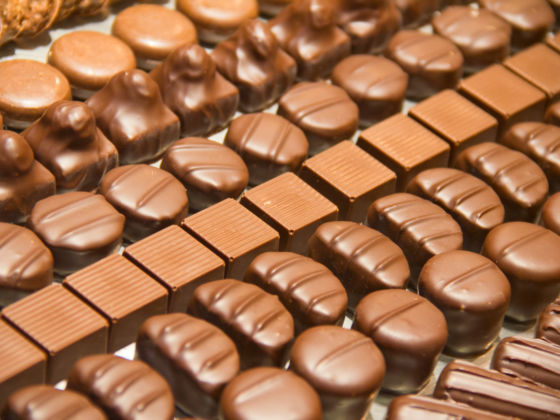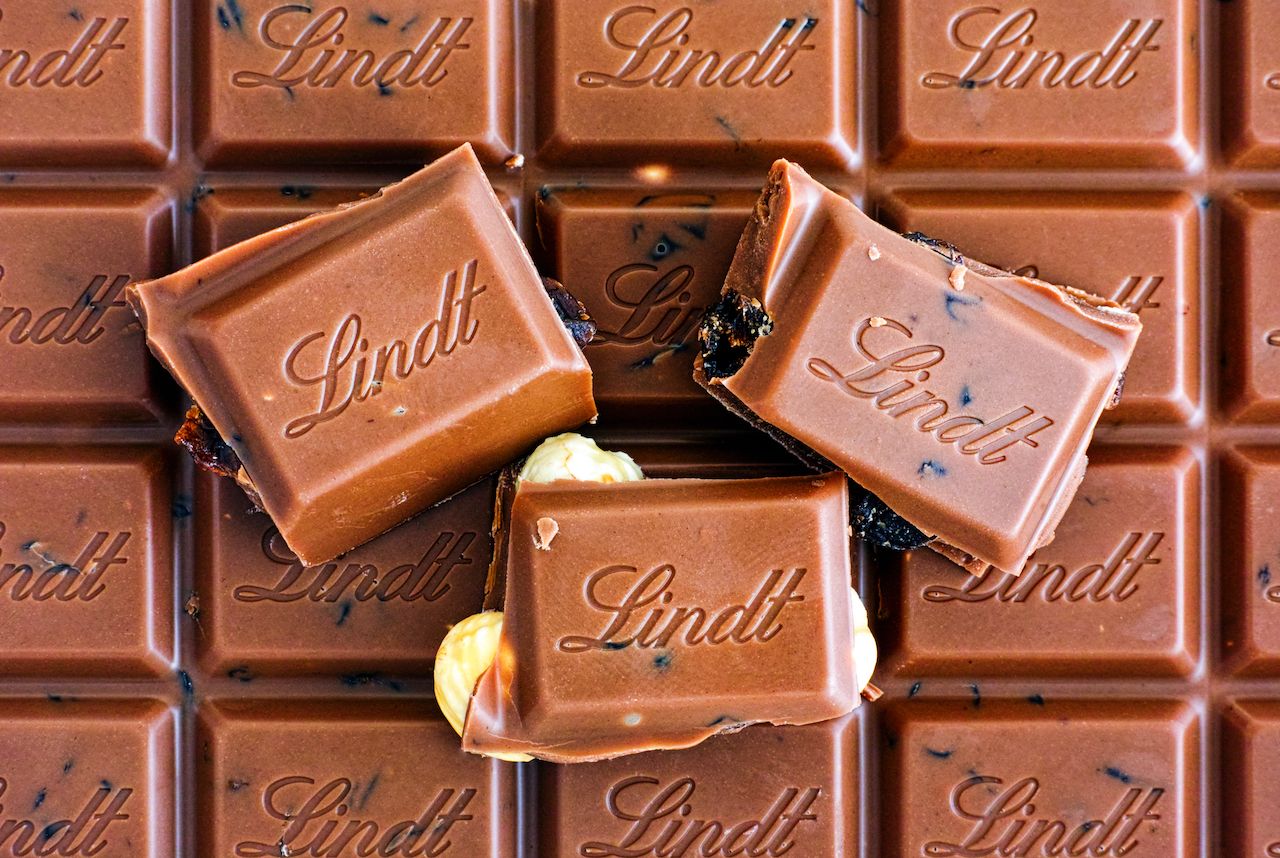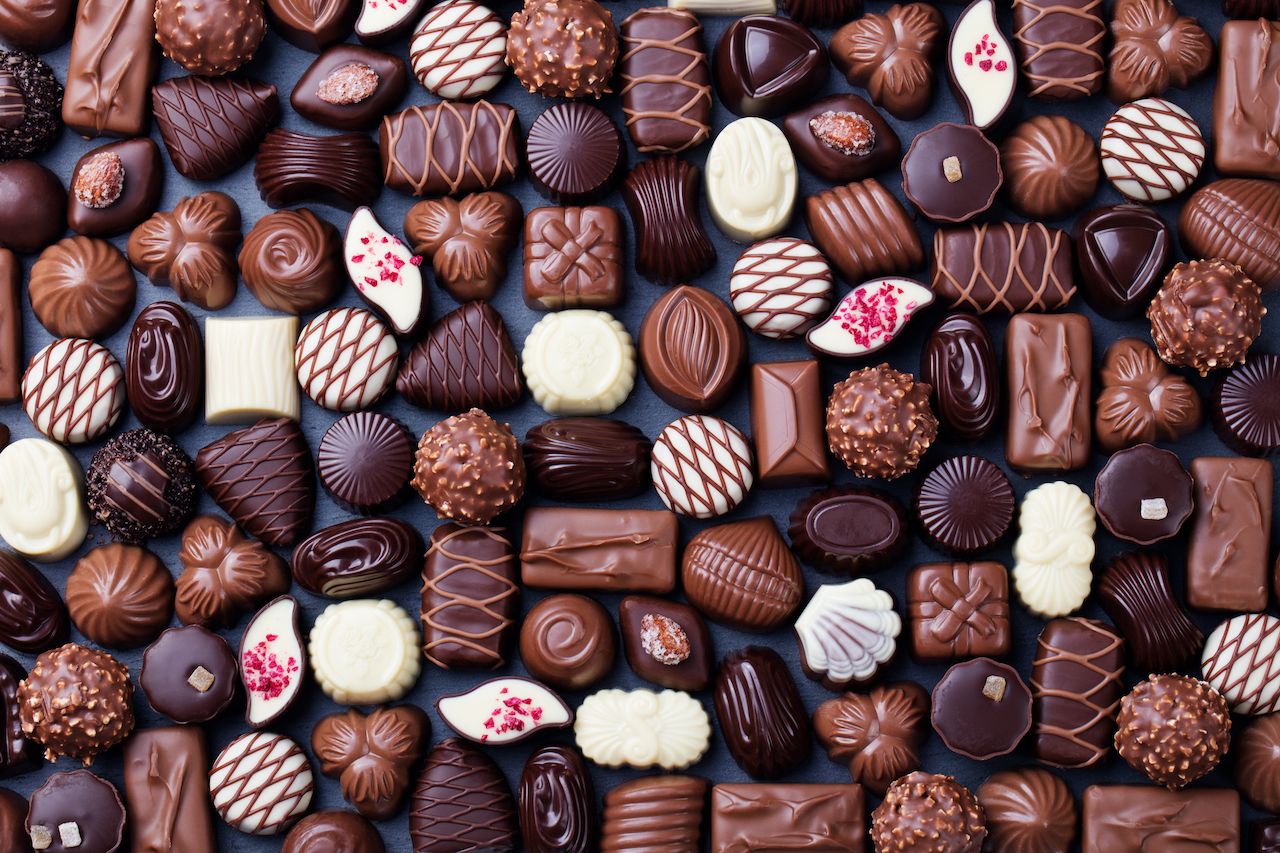When it comes to chocolate, few countries are as well known as Switzerland and Belgium. Chocolates with the countries’ names attached are generally associated with quality, despite the obvious fact that neither country grows its own cocoa. The reason why all comes down to manufacturing history (and the marketing budgets of powerful companies).
The Swiss chocolate and Belgian chocolate names aren’t as protected in international markets as other famous European foods. You can’t call a sparkling wine Champagne unless it’s produced in Champagne, France, or a cheese Parmigiano-Reggiano unless it’s made in a specific region in Italy. Swiss and Belgian chocolates lack similar European Union legal backing. That doesn’t mean either lacks distinct stylistic qualities, though, as businesses have banded together to set standards. So what exactly is the difference between Swiss chocolate and Belgian chocolate?


